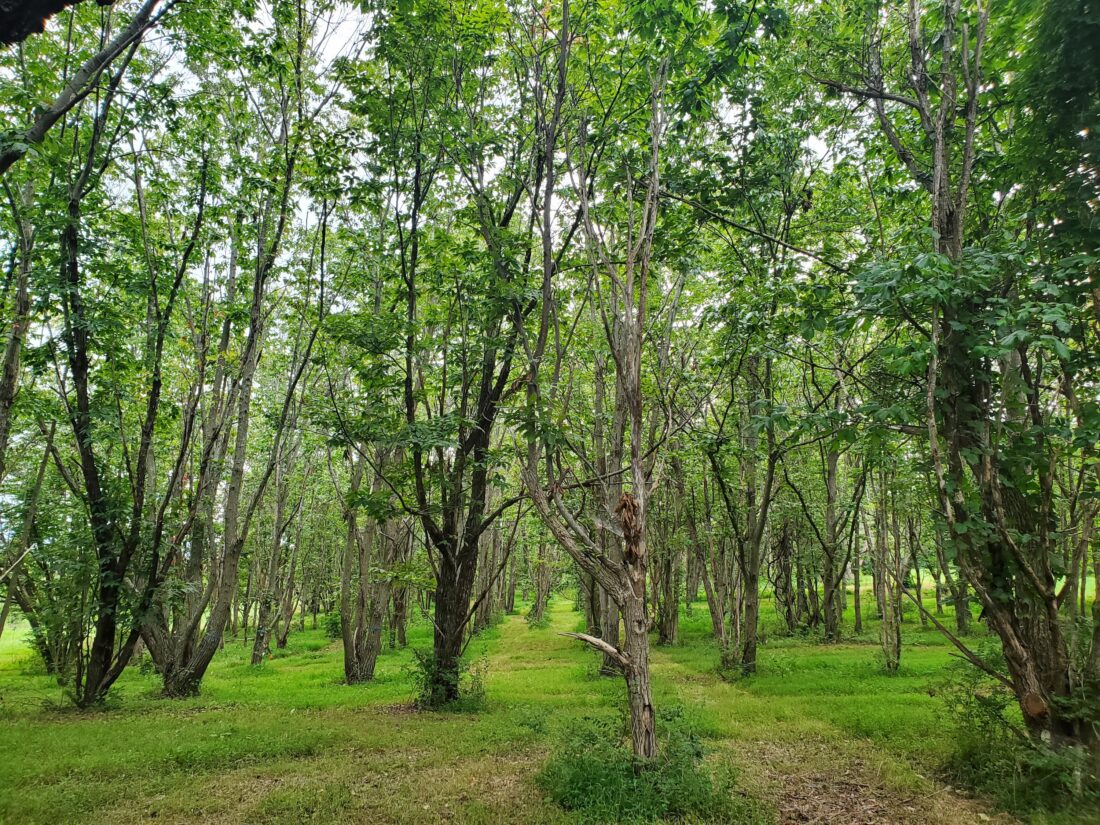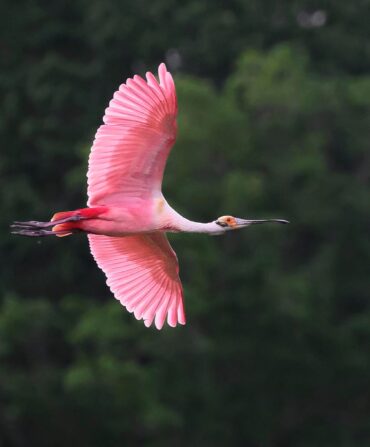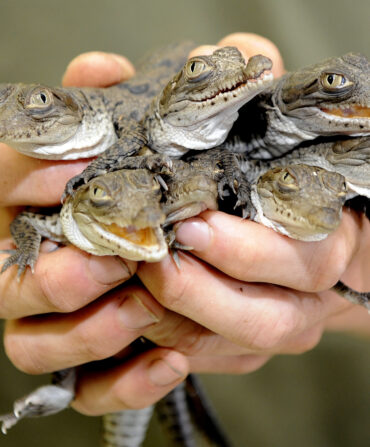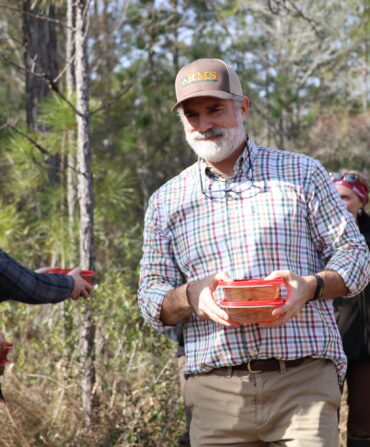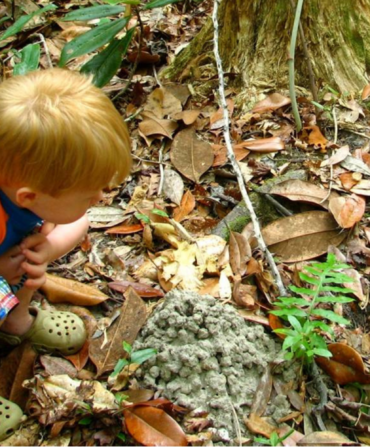Hundreds of years ago, American chestnut trees dominated the Appalachian Mountain forest-scape. They stood an imposing 100 feet tall and eight feet wide at maturity, lived for up to 600 years, and covered an estimated 200 million acres of land from Mississippi to Maine. Carpenters prized their lumber. Farmers regaled their ability to produce cheap and nutritious feed for livestock. Gourmands crowned their nuts the world’s finest.
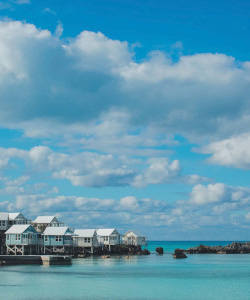
Then an invasive blight from East Asia arrived around 1904. The fungus attacked tree trunks and felled the giants by the tens of thousands. While lone trees survived here and there, their nuts were infertile without others to cross-pollinate them, and by 1950 American chestnuts became functionally extinct.
“The devastation represents one of the greatest recorded changes in natural plant population caused by an introduced organism in history,” says West Virginia University emeritus professor of plant pathology and former American Chestnut Foundation president William MacDonald. Had the tragedy been avoided, hikers on the iconic Appalachian Trail would not only experience a “radically different landscape” but enjoy “some very tasty treats around their fall campfires,” he says.
The ACF has spent the past seventy-five years working with various conservation agencies to crossbreed blight-resistent American chestnut trees using clippings from anomalous survivors and Chinese or Japanese varieties.
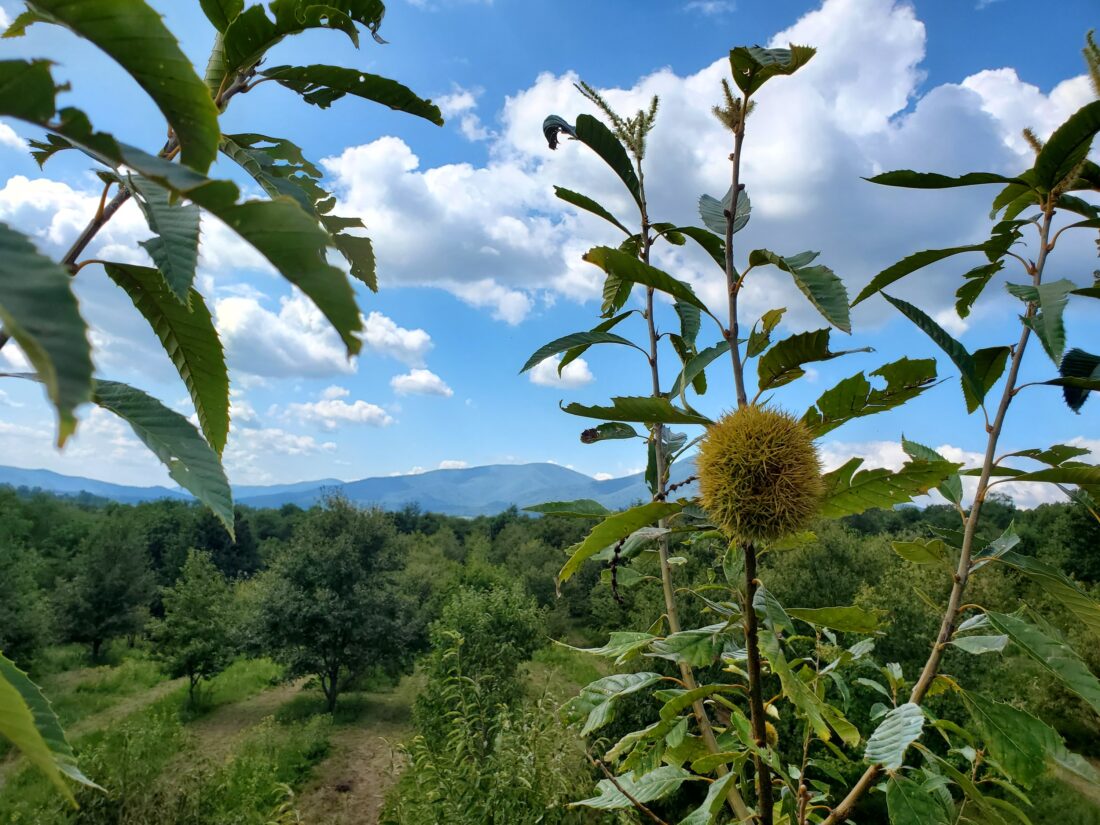
The Asian trees “introduce a degree of immunity into the genome and produce a first-generation hybrid,” says John Scrivani, a forester and former president of the ACF Virginia chapter. The new trees are then back-bred with American progenitors across multiple generations until they produce blight-resistent offspring that are genetically indecipherable from those once found in the wild.
A Meadowview, Virginia, research center spearheads the effort, and more than a dozen experimental, large-plot plantings on state public lands have not only survived but reached maturity. Lesesne State Forest in Nelson County, for instance, holds about thirty acres of natural, second-growth woods anchored by seventy-foot-tall American chestnut trees that are more than sixty years old—and produce delicious wild nuts that few living people beyond foresters and researchers have ever tasted.
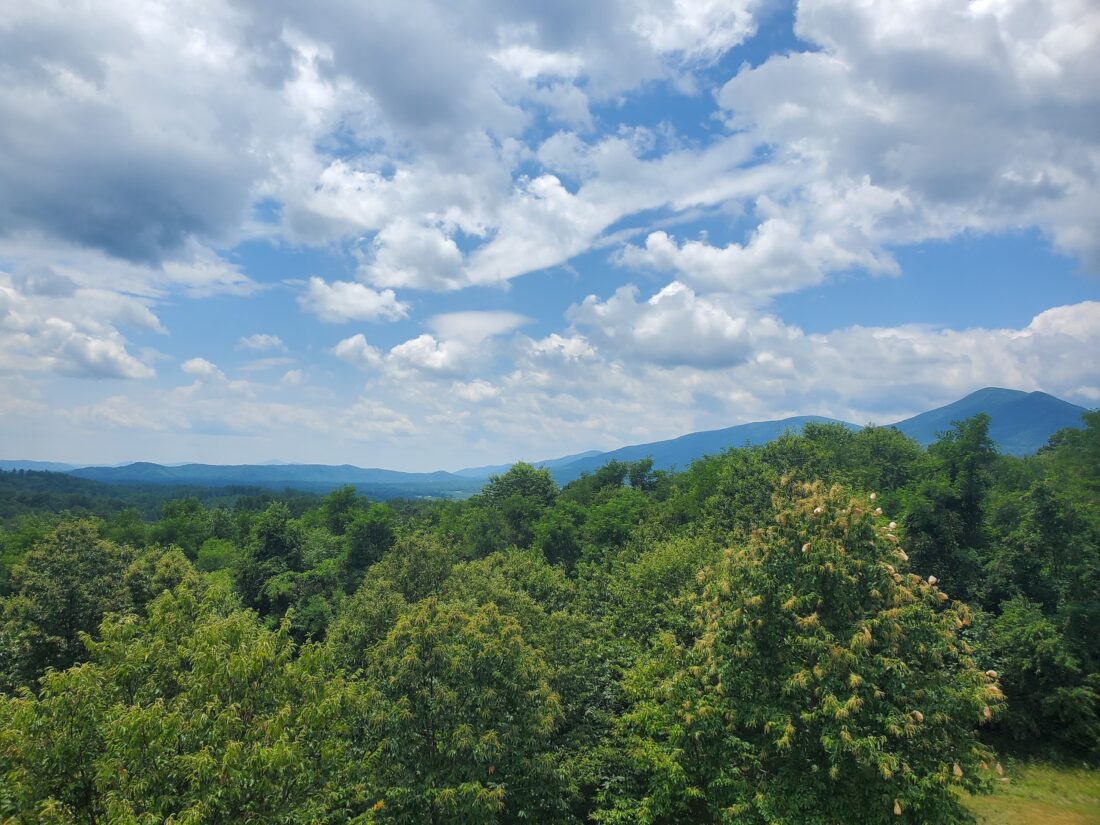
“We don’t go out of our way to advertise this fact,” says Scrivani, “but the public can now hike in and walk through natural groves of healthy [American chestnut trees] and forage for nuts for the first time in nearly a century.”
The seventy-two-year-old has spent almost forty years leading research and reintroduction efforts around the state and elsewhere. He now serves on the ACF’s national board and works part-time helping to manage, monitor, and collect data in plots like the one at Lesesne.
“From a conservation perspective, what we’ve been able to achieve here is pretty spectacular,” he says. It took decades to breed and produce trees with enough blight resistance to survive in a controlled forest setting—and even then, more than half of all planted saplings died. Careful management of competitive hardwoods like oaks and tulip poplars helped the survivors get established.

“When you visit these places,” says Scrivani, “you’re experiencing a monumental step in the restoration of a historic landscape that had basically vanished from the earth.”
Large stands of publicly accessible American chestnut forests are now found in more than a dozen locations spread across the Virginia mountains. Other smaller experimental plots exist in Kentucky, Tennessee, Pennsylvania, and Maine, but the largest and oldest sit within ten miles of the Blue Ridge Parkway at Lesesne and Matthews State Forest in Galax. Sky Meadows State Park in Delaplane and the Mountain Lake Wilderness near Blacksburg also hold destination-worthy groves.
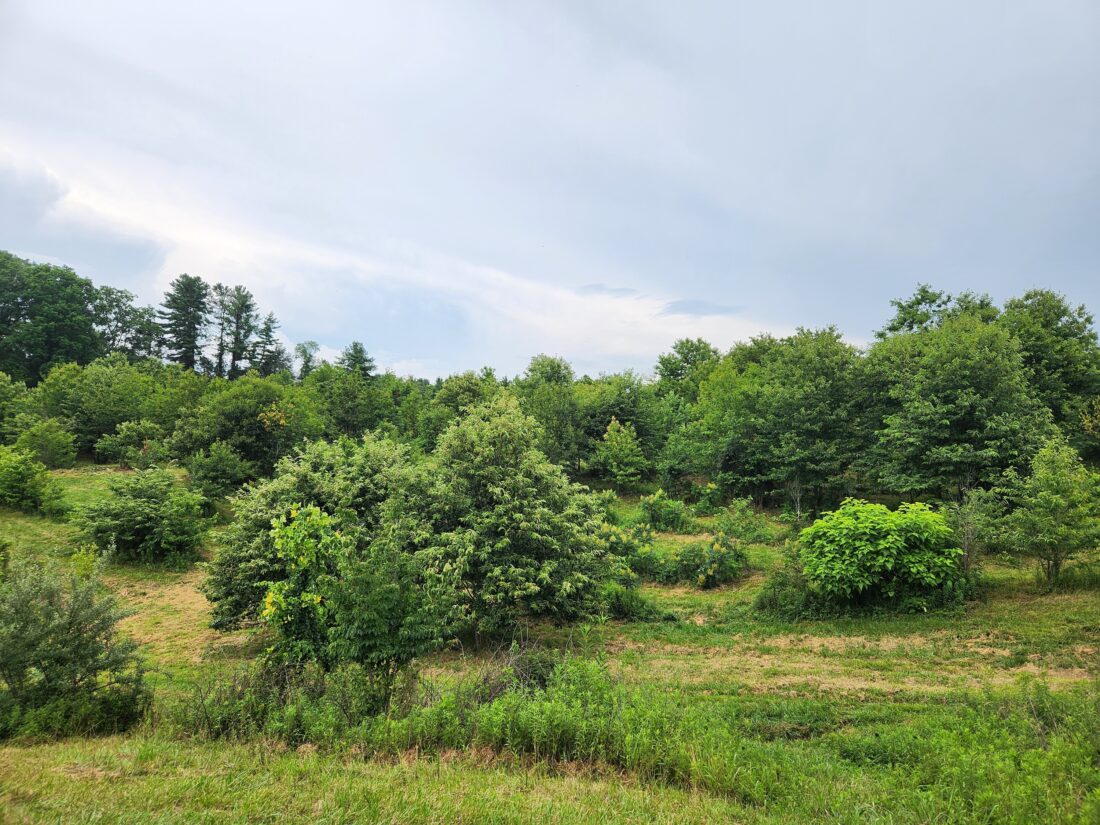
All can be reached via a combination of forest roads or designated hiking trails that range from about two to four miles total in length. For the fullest experience, Scrivani advises adventurous trekkers to hike until they arrive at a grove, then leave the path and do some forest snorkeling. Just be sure to wear long pants, apply plenty of bug spray, and carry a compass or use a backcountry navigation app like Gaia GPS to keep track of where you are with respect to the trail.
“Despite all odds, these stands are now self-reproducing, so you’ll see saplings growing in the understory,” says Scrivani. Fall visitors can gather the spiny, orbicular burs that hold the trees’ legendary dry fruits. Shuck them off, then soak the hulls in water overnight and roast the nuts in the oven for a rare and fantastic snack.
But while Scrivani appreciates the culinary novelty, his own highlight is to lean against the trunk of a big tree, gaze up at the canopy, and think about how “one hundred years from now, folks will likely be able to explore successfully replanted stands and harvest wild American chestnuts in forests that range from Maine to Mississippi.”


